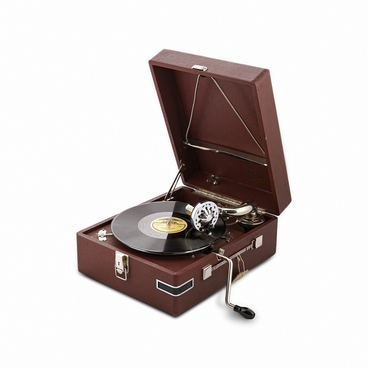The Lipetsk Regional Museum of Local History houses a Hofberg harmonium made in Germany in the late 19th century. This musical instrument is smaller than a piano but has the same keyboard. It is equipped with 11 stops allowing the performer to choose from a variety of timbres. The sound is produced by brass reeds with steel tongues which vibrate when air flows past them. Air is pumped by bellows which are controlled using foot pedals. The sound of the instrument resembles that of an organ. The harmonium has a range of five octaves.
The harmonium is an aerophone musical instrument that was designed by the French inventor Gabriel-Joseph Grenié as part of his experiments with free reeds. The instrument’s ancestors include the portable orchestrion created by Georg Rakwitz for Georg Joseph Vogler and the choraleon made by Fidelis Brunnen, a craftsman from Warsaw, and intended for use in small churches. The instrument received its modern design after modifications by the French craftsman Alexandre-François Debain in the mid-19th century. However, it was earlier, in the 1790s, that Gabriel-Joseph Grenié started his experiments trying to create an orgue expressif (expressive organ). In 1810, the instrument was patented. The harmonium was a cross between a piano and an organ. The bellows were powered by a foot pedal and supplied air to vibrating reeds. The invention was the starting point for a series of improvements and modifications. As a result, the harmonium and accordion were created, marking the beginning of important innovations in this category of musical instruments.
In Russia, the production of these instruments was underdeveloped. Several small factories and workshops operated in Moscow, St. Petersburg, and Kiev. In 1887, Dmitry Mitropolsky set up a factory in Vologda that specialized in the production of harmoniums. It mainly produced small portable instruments. Few large, stationary harmoniums were made. This is why, although there were many harmoniums in Russia, almost all were imported from other countries.





